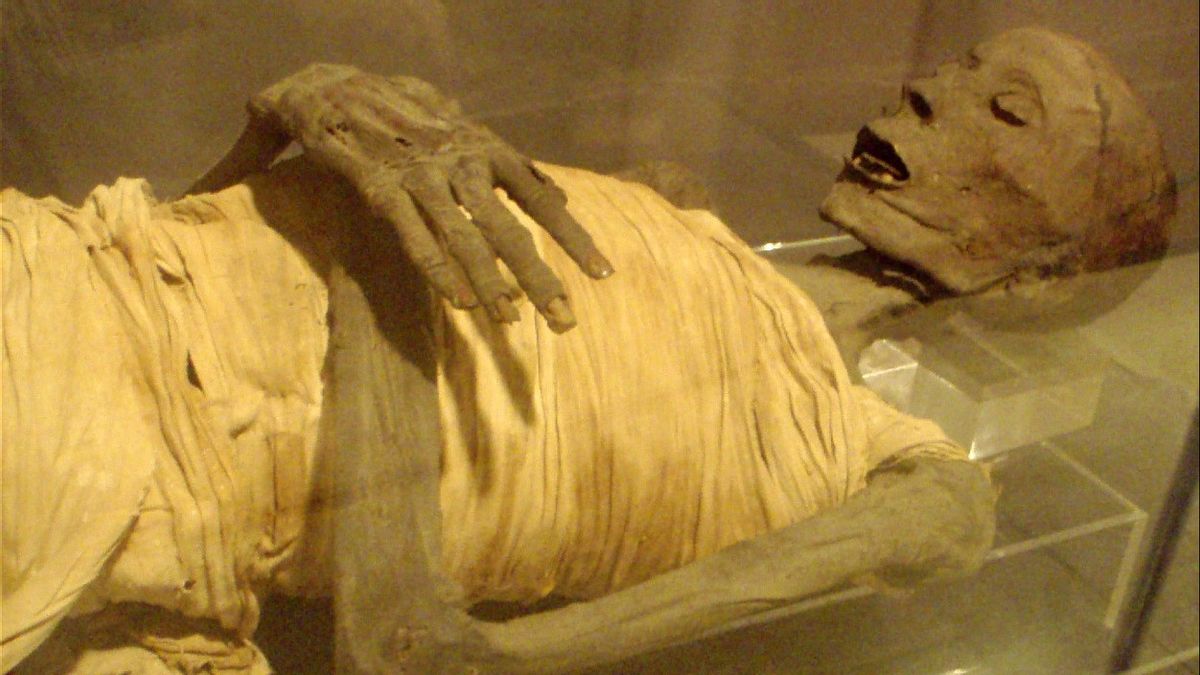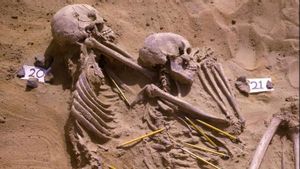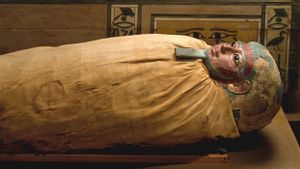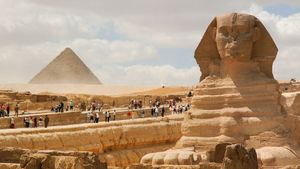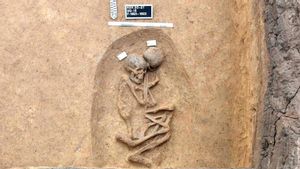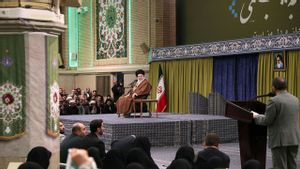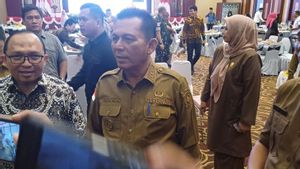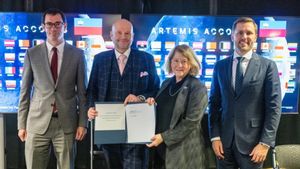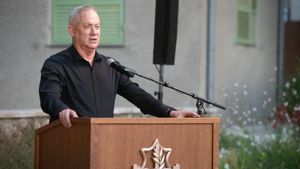JAKARTA - Ancient Egypt met modern medical technology when a mummy underwent a CT scan at an Italian hospital as part of a research project to uncover its secrets.
The mummy of Ankhekhonsu, an ancient Egyptian priest, has been transferred from the Civil Archaeological Museum of Bergamo to the Policlinico Hospital of Milan, Italy, where experts will try to unravel his life and burial habits nearly 3.000 years ago.
"The mummies are practically a biology museum, they're like time capsules", said Sabina Malgora, research director of the Mummy Project, quoted by Reuters, June 23.
Malgora said information on the mummy's name comes from an Ancient Egyptian sarcophagus that is dated between 900 and 800 BC, where Ankhekhonsu, meaning 'god Khonsu is still alive', was written five times.
Researchers believe they can reconstruct the life and death of Egyptian priests, as well as understand the types of materials used to mummify bodies, with CT scans.
SEE ALSO:
"Studying ancient diseases and wounds is important for modern medical research. We can study cancer or arteriosclerosis in the past and this can be useful for modern research", she hoped.
The English, Chinese, Japanese, Arabic, and French versions are automatically generated by the AI. So there may still be inaccuracies in translating, please always see Indonesian as our main language. (system supported by DigitalSiber.id)
